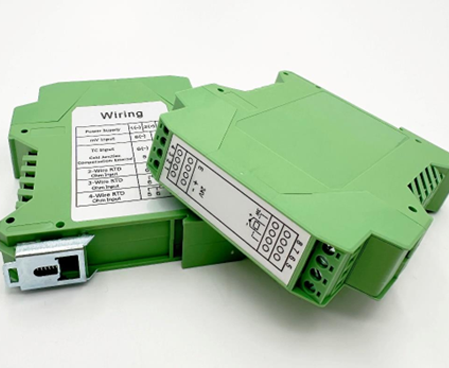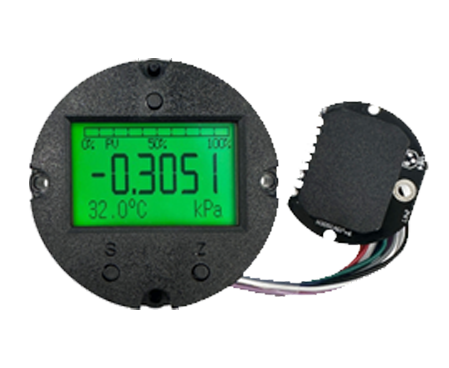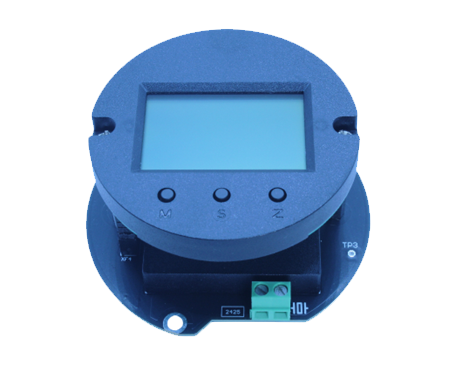How Does a Flow Transmitter Circuit Board Integrate with Flowmeters?
What’s a Flow Transmitter Circuit Board and Why’s It a Big Deal?
Understanding Flow Transmitter Circuit Board
A flow transmitter circuit board is the brain of a flowmeter system, turning sensor signals into usable data for monitoring or control setups. It grabs raw info from the sensor, tweaks it with calibration settings and spits out accurate fluid flow readings. Think of it as the middleman between the sensor’s physical work and the digital or analog systems that need the info.
How Does the Circuit Board Make Flow Measurements Spot-On?
Getting flow measurements right depends a ton on how well the circuit board handles signals. It uses tricks like boosting signals, filtering out noise, adjusting for temperature and smoothing things out to keep outputs reliable. For example, ICwalk’s E4000 series has a small flow linear correction function supporting 4-point linear correction for small flow, which seriously bumps up precision even at low speeds.
What’s Inside a Flow Transmitter Circuit Board?
A typical flow transmitter circuit board’s got analog front-end circuits, microcontrollers or digital signal processors (DSPs), power regulators, communication modules (like RS485 or HART) and output drivers for current or pulse signals. These parts team up to make sense of sensor signals and churn out tough, industry-ready outputs.
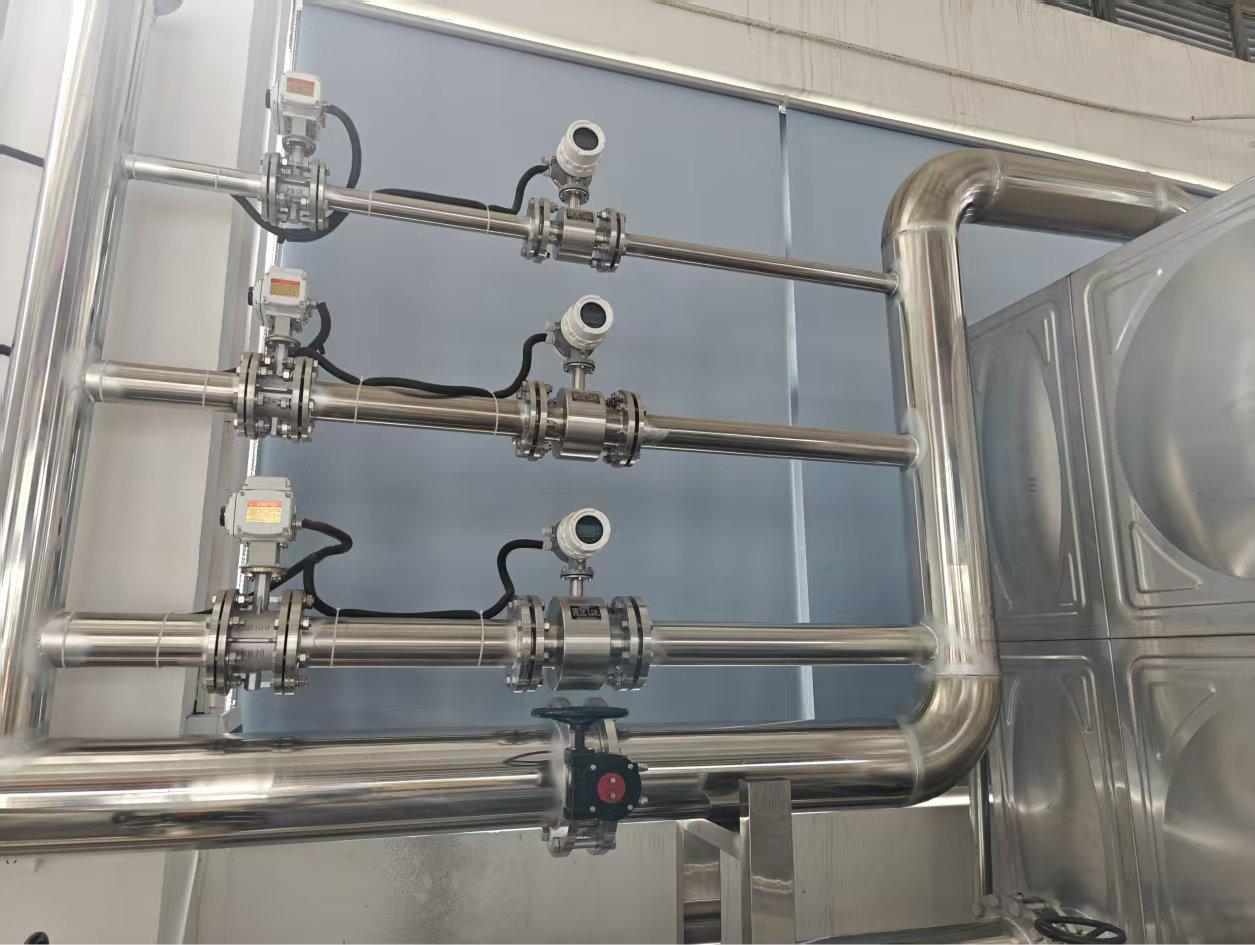
How Do Flow Transmitter Circuit Boards Work with Flowmeters?
What Kinds of Signals Do They Handle?
Flowmeters spit out electrical signals based on how fluid moves—like voltage pulses from vortex shedding or induced voltage in electromagnetic sensors. The circuit board grabs these through analog-to-digital converters (ADCs) or frequency counters. ICwalk’s E4000 series, for instance, handles frequency outputs from 1 – 5000 Hz with photoelectric isolation, keeping signal transmission safe and clean.
How Does Integration Affect Signal Accuracy and Stability?
Analog vs. Digital Signal Processing
Analog processing is quick but can get messy with noise. Digital processing uses fancy filtering to boost accuracy. ICwalk’s vortex flow transmitter boards pack Real-time Automatic Gain Control (RAGC) and Self-adaptive Spectrum Filtering (SSP), keeping signals solid no matter the conditions.
Microcontrollers and Data Crunching
Microcontrollers are the heavy lifters for sorting out complex sensor inputs. They run firmware to apply calibration settings, check for issues and handle communication protocols. This makes sure every reading is dead-on and easy to track.
Meet ICwalk: Boosting Precision with Killer Circuit Board Designs
Who’s ICwalk and What Do They Bring to Flow Measurement?
ICwalk Technology Co., Ltd., based in Beijing, is all about high-performance transmitter boards for flow measurement. We’ve got gear for all sorts of flowmeters—electromagnetic, vortex, ultrasonic open channel, metal tube float and micro-flow rotameters.
How Do ICwalk’s Products Make Flowmeter Integration Smoother?
Features of ICwalk’s Flow Transmitter Circuit Boards
Our E4000 electromagnetic series rocks excitation frequencies from 1/10 to 1/16 of power frequency, 187.5 mA excitation current and empty pipe detection without extra electrodes. For vortex meters like the H880BR, we use tech like RAGC and SSP to keep signal quality tight across a wide frequency range.
Where ICwalk’s Tech Shines
We cover industries like chemical processing, water treatment, petroleum refining, food production, HVAC and environmental monitoring. Our H837 micro-flow metal-tube transmitter board, for example, is perfect for precise dosing in chemical reactions or beverage bottling lines.
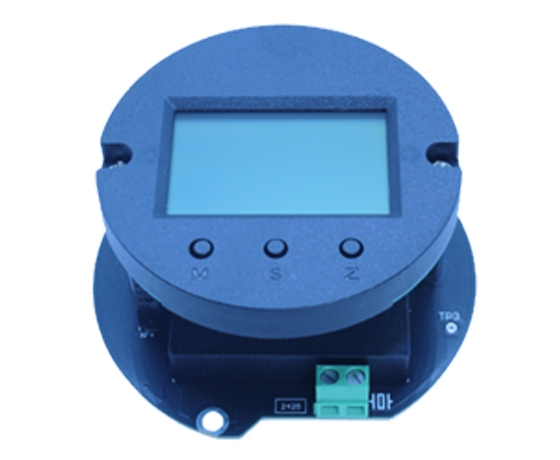
Key Design Stuff to Think About When Pairing a Circuit Board with a Flowmeter
What Electrical and Mechanical Stuff Matters?
Power Supply Needs
Your circuit board’s gotta match the power setup in your system. ICwalk’s boards work with 9V – 32V DC ranges, depending on the model, so they fit into all kinds of industrial power setups.
PCB Layout and Shielding
A solid layout cuts down on electromagnetic interference (EMI). Ground planes, shielding enclosures and isolated signal paths are key to keeping performance steady in noisy industrial spots.
How Do You Keep It Reliable in Tough Conditions?
Durability comes down to handling temperature swings, humidity, corrosion and a sturdy casing. ICwalk’s E4000 series is built to take on -20°C to +70°C with anti-interference tech baked in.
Communication Protocols and Output Interfaces
What Output Formats Do Flow Transmitter Boards Usually Support?
4-20mA Current Loop Output
This is the go-to industry standard, tough against noise over long cables. ICwalk supports multiple analog output modes, including 4 – 20 mA default active output.
Pulse and Frequency Outputs
Pulse outputs are great for totaling flows, while frequency outputs give real-time rate info. ICwalk’s boards handle configurable active/passive pulse outputs up to 5000 Hz.
Modbus and Other Digital Protocols
Digital communication lets devices talk both ways. Our products support RS232/RS485 MODBUS RTU protocols, with optional HART support for easy SCADA system integration.
How’s Data Transmission Kept Clean?
Photoelectric isolation between signal channels stops ground loops and electrical noise. ICwalk also throws in alarm functions like excitation failure alerts to flag issues that could mess with measurement reliability.

Calibration, Diagnostics and Maintenance Support
Why’s Calibration So Important in These Systems?
Calibration makes sure sensor readings match known standards for traceability and compliance. Our flow transmitter boards, like the H8250FZ, support up to 16-point calibration options for fine-tuning across different flow rates.
How Do Built-In Diagnostics Keep Things Running?
Self-Test Features on Modern Boards
Our boards can spot issues like excitation faults or empty pipes on their own. This helps catch problems before they turn into big system failures.
Real-Time Monitoring
We’ve got LCD displays showing live stats like instant flow rate, output current percentage and temperature compensation status, so operators can make smart calls on the fly.
ICwalk’s Role in Making Systems Run Like a Dream
How Does ICwalk Tackle Integration Headaches for Engineers?
We get that every project’s got its own quirks—from fitting mechanically to picking communication protocols. That’s why we offer specialized solutions across product lines like the Electromagnetic Flow Transmitter Board E4000 Series and Vortex Flow Transmitter Boards.
How Can ICwalk’s Know-How Speed Up Time-to-Market?
Customization Options
We offer tweaks on output modes (active/passive), excitation currents and display languages (Chinese/English), so customers can roll out solutions fast without rebuilding around standard gear.
Tech Support and Docs
Our team provides detailed datasheet and direct consultation via email or phone, giving engineers everything they need for smooth integration projects.
FAQ
Q: What’s the Main Job of a Flow Transmitter Circuit Board in a Flowmeter System?
A: It takes raw sensor signals and turns them into standard outputs like 4-20mA or Modbus RTU for control systems or local displays.
Q: Can One Circuit Board Work with Different Types of Flowmeters?
A: Not usually—vortex, electromagnetic, ultrasonic, they all need specific circuitry because of how they sense flow.
Q: What Should I Look at When Picking a Circuit Board for My Flow Measurement Setup?
A: Check your needed output formats (analog/digital), environmental conditions (temperature/humidity), power supply fit and if you need customization—ICwalk’s product line covers all that.
Related Posts
-
How Does a Flow Transmitter Circuit Board Integrate with Flowmeters?
August 21,2025
-
What Are the Key Features of Advanced Pressure Transmitter Boards?
August 07,2025
-
What Role Do Level Transmitter Boards Play in Process Automation?
July 24,2025
-
How to Evaluate the Reliability of a Pressure Transmitter Board Under Stress?
July 03,2025
-
How Can Understanding Temperature Transmitter Functionality Improve Heat Treatment Efficiency?
June 19,2025


